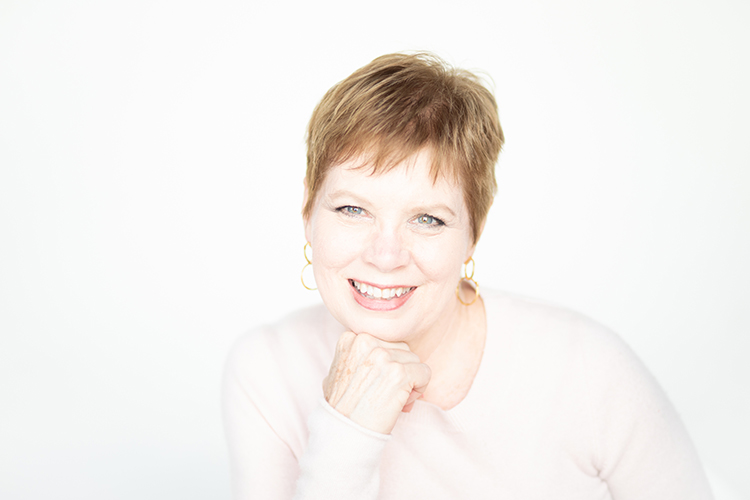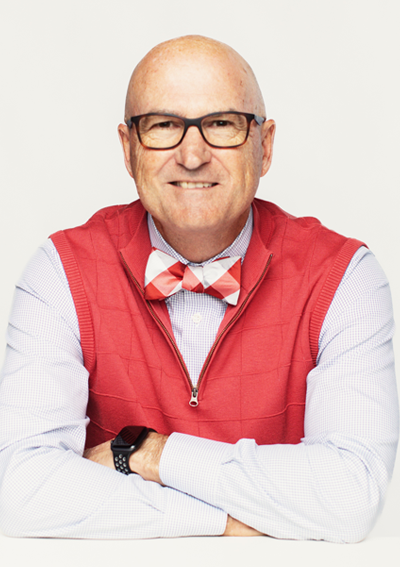I felt the knot form in my throat and the tears moisten my eyes. I thought “now stop this, it’s only the first museum, so you better pull it together”. And then I looked up and saw that almost everyone in the room was wiping an eye. Sad doesn’t seem like the word to describe it. Shame isn’t right either. Anger doesn’t fit. What was this feeling we were experiencing as we remembered the history of slavery, reconstruction, Jim Crow, boycotts and bombs, marches and civil rights legislation, mass incarceration, and gun violence? It was something fierce that we felt. But what was it?
I spent this week with a group of 24 folks on the Human Rights Pilgrimage in Alabama. We visited the 16th Street Baptist church in Birmingham where 4 little girls ages 11-14 were tying their sashes on their dresses to prepare for youth Sunday when a bomb snuffed out their lives. We walked through Bryan Stevenson’s inspiring Legacy Museum in Montgomery which begins with the ocean waves of the middle passage where 2 million Africans perished on the slave ships en route to the emerging nation we now call home. And we ended with the haunting Peace and Justice memorial that honors our 4400 fellow citizens who were lynched, many without trial, including one here in Kansas City.
But we were also inspired by the stories of resilience and courage and faith. A lady named Jo Ann we had never heard of, copied flyers all night long to quickly announce a bus boycott that led eventually to a ruling by the US Supreme Court. An ordinary successful businessman paid the poll taxes for the poor community members who couldn’t afford the tax required to vote. A graduate school intern researched legal records of those men on death row wrongly convicted. These actions of ordinary folks – nameless, faceless men and women – who risked their lives so that freedom might come for all people – reminded us of the Biblical prophet’s words. The prophet Amos wrote that rather than festivals and songs and offerings and gifts what would truly please God would be for “justice to roll down like water and righteousness like an ever-flowing stream.”
So sometimes, the tears we swallowed and the ones that spilled out were oddly freeing. They were the body’s way of giving testimony that what we saw, what we remembered, what we learned, was re-sculpting our minds and re-molding our hearts.
At the entrance to one of the memorials we visited was this invitation from Julian Bond:
“Let us gather here not in recrimination, but in reconciliation, remembrance and renewed resolve”.




